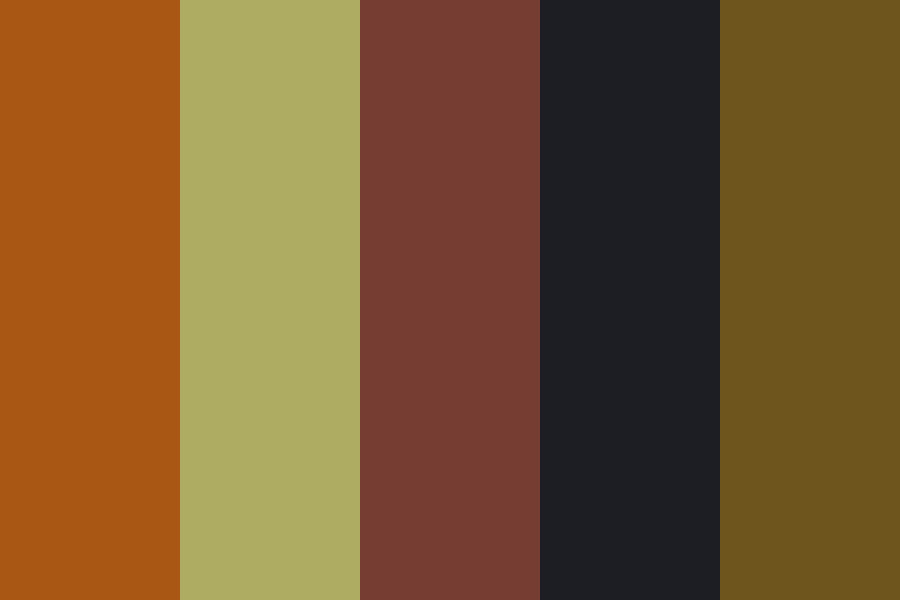COLOR CODES
DON’T STOP THE CREATIVE PROCESS!
Keeping a competitive edge doesn’t mean passing off the responsibility of critical thinking and creative ideas.
The necessity for artists to continue to create new works as opposed to relying on AI Art is to maintain the human connection and emotional depth in their creative expressions that cannot be replicated by AI.
e6e0cc || #bdb093 || #b59855 || #8a3617 || #471f10
Color palettes are an essential aspect of art and design, especially for mixed media production. A color palette refers to a collection of colors that are used in a particular project or artwork. The colors in a palette can be harmonious or contrasting, depending on the effect the artist or designer is trying to achieve.
Here are some reasons why color palettes are important for artists and designers:
Consistency: A color palette helps artists and designers maintain consistency in their work. By using the same set of colors, they can create a cohesive look that ties different elements together.
Emotions: Colors can evoke different emotions and feelings in people. By carefully selecting a color palette, artists and designers can create a specific mood or atmosphere in their work.
Branding: For designers working on branding projects, color palettes play a crucial role. The colors used in a brand’s logo and marketing materials can help to establish the brand’s identity and make it more recognizable.
Accessibility: A well-designed color palette takes into account accessibility considerations. For example, designers may choose colors that are more easily distinguishable for people with color vision deficiencies.
Aesthetics: Finally, color palettes are important for the overall aesthetic of a piece of artwork or design. The colors used can enhance the visual appeal of the work and make it more engaging for viewers.
In mixed media production, color palettes are especially important because they help to bring together different elements from various media into a cohesive whole. By using a consistent color palette across different media, artists and designers can create a unified look that ties everything together.
COLOR CODES 003 - DESIGN - COACHING - LIAM IAN
© 2023 Liam Ian (LIAM IAN LLC)
Enhanced and Powered by Ai.



